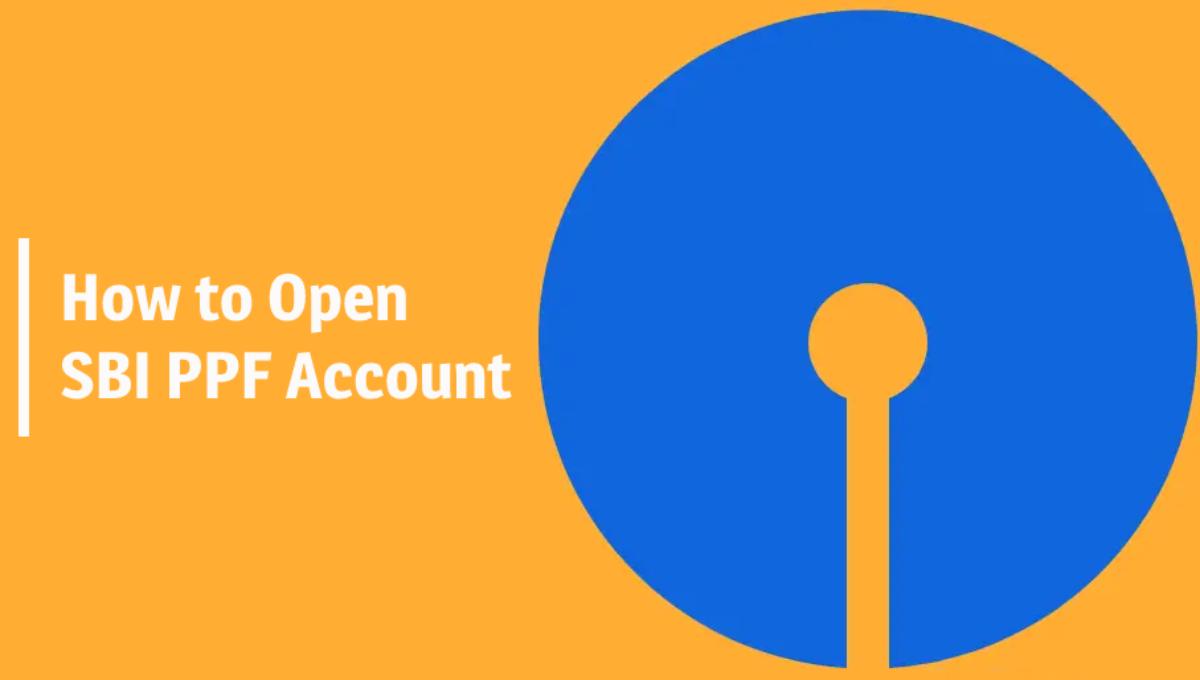The objective of Employee Provident Fund (EPF) and Employees Pension Scheme (EPS) is to help individuals save the money for their retirement. The schemes are framed under the Employee’s Provident Fund & Miscellaneous Provision Act, 1952 and administered by the Central Board of Trustees (CBT). However, the working, features and benefits of both schemes are different. Read to know more about the differences between EPF vs EPS in detail.
What is an Employee Provident Fund (EPF)?
Employee Provident Fund (EPF) is one of the popular savings schemes launched under the supervision of the Government of India. The Ministry of Labour regulates EPF schemes in India. It is the main scheme under the Employee Provident Fund and Miscellaneous Provisions Act,1952. Employee Provident Fund Organisation(EPFO) manages this savings scheme.
What is an Employee Pension Scheme (EPS)?
The Employee Pension Scheme (EPS) was launched in 1995, and all existing and new members can join the scheme benefits. The Government of India backs the scheme. Hence the scheme guarantees return (pension amount). As a result, EPS is a good source of income during retirement years.
Difference Between EPF vs EPS
The following are the key differences between EPF vs EPS
| Parameters | EPF | EPS |
| Applicability | EPF applies to organisations whose number of employees are more than 20. | EPS applies to individuals who are members of EPFO where they contribute towards the EPF account. |
| Eligible Employees | It is available for all employees. | It is available for employees whose basic salary + dearness allowance is up to Rs.15000. |
| Employee Contribution | 12% | NIL contribution |
| Employer Contribution | 12% (however, 3.67% of this contribution goes to the EPF) | The employer’s remaining portion of 12% i.e 8.33% is contributed towards EPS. |
| Maximum Contribution | 12% | The contribution is limited to 8.33% on salary up to Rs.15000 i.e Rs. 1250. |
| Interest Rate | 8.25% p.a. | No interest is paid on the EPS scheme. |
| Funds Withdrawal | Withdrawal is allowed only after 58 years of age or if unemployed for a continuous period of 2 months or more. | Pension is received only after 58 years of age. |
| Premature Withdrawal | Allowed in cases like marriage, child’s education, home loan repayment, unemployment, etc. | Allowed after attaining 58 years of age or if service is completed in less than 10 years, whichever is earlier. |
| Premature Withdrawal Amount | Withdrawal of full EPF balance is allowed. | Depends on the years of service. |
| Benefit Payable | Full amount + interest is payable after retirement after reaching 58 years of age. | EPS pays pension after attaining 58 years of age. On the death of the member, the nominee continues to receive the pension amount. |
| Taxation | Interest earned on EPF accounts is exempted from tax. However if the contribution is more than Rs.2.5 lakhs in a year, then tax is payable of the interest earned on the excess amount. If the employer’s contribution towards EPF, NPS and superannuation fund in aggregation is above Rs.7.5 lakhs during a year, then excess amount is taxable as perquisites in the hands of the employee. If the balance amount in EPF is withdrawn before 5 years, then 10% TDS is deducted. Moreover, the redemption amount is also exempt from tax. | Pension amount and lump Sum withdrawal are taxable when received. |
| 80C Deduction | Deduction of Rs.1.5 lakhs under Section 80C towards employee’s contribution. | No deduction is allowed as the employee’s contribution is NIL. |
To conclude, both EPF and EPS are employee welfare schemes, however, different from one another. If you are a salaried employee, it is important to understand the benefits of these schemes. EPF gives you lump sum retirement benefits whereas EPS provides lifelong regular pension income. Therefore, both the schemes are essential for retirement planning for employees as it helps them save towards their financial goal.
Related Pages
- Compare EPS Vs NPS
- Compare VPF Vs NPS
- Compare NPS Vs APY
- Compare Children Mutual Funds Vs SSY
- Compare EPF Vs PPF






















Show comments